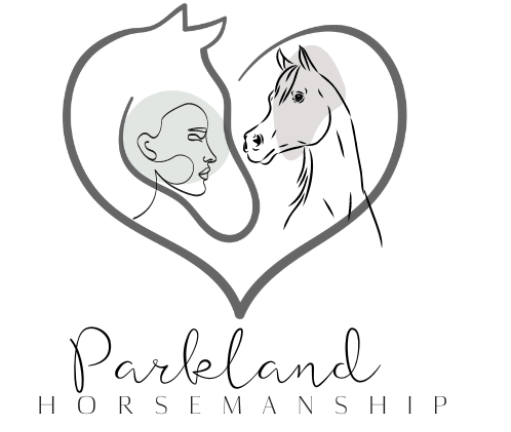Imagine communicating without words, conveying thoughts and emotions through subtle body movements. Horses have perfected this art form; communicating everything from excitement to tension through their entire bodies (the frame is the mind).
Reading horses’ body language enables trainers to predict a horse’s next move and create stronger bonds between themselves and their horses. Interpreting their signals also enables trainers to avoid potentially hazardous situations.
Posture
Position is crucial when riding, both for our own safety and effectiveness. Proper posture helps align and balance our skeletal system, as well as utilize core muscles and backs more effectively for performance purposes.
An animal with relaxed postures indicates contentment and submission, making training sessions run more smoothly. On the other hand, horses with pin back ears may signal frustration or aggression, necessitating more careful approaches from handlers.
Body language to request specific actions from horses is as easy as moving your feet. For instance, if your horse wants to make an outside turn, move to his left and look at their nose; tell them forward, stop him turning immediately if necessary and resume several strides later.
Eyes
Eyes speak volumes more than words! Unlocking subtle shifts in eye position — from subtle flicks of interest to sudden pinching — helps trainers and riders respond more appropriately to horses, building trust in them while creating an environment conducive to learning.
Soft gaze and attentive look indicate calmness and willingness, while fixed or rolling eyes may indicate tension. A white patch in the corner of an eye signifies aggression – this may indicate that your horse will kick or bite.
Focus your early sessions on just your horse’s eyes. Once you have that down pat, move on to other parts of his body – eventually it should just come naturally as watching him!
Nose
Horses utilize their nose to cover more ground than dogs can, picking up scent trails along their journey and using head movements to detect air currents.
Great trainers understand and use nonverbal cues to build confidence among their horses during stressful situations such as loading into a trailer. This may involve practicing target training on the ground using objects at arm’s length that move upwards toward nose level until rewarding an equine who touches them with their nose.
Anxious or willful horses usually demonstrate their frustration through body language such as pinnin’ the ears, widening eyes and stomping feet. But they may also resort to striking or biting out of anger – an issue which can easily be addressed using safe training methods.
Legs
Horses’ foreleg postures often act as an accurate barometer of their emotional states, providing trainers with insights into whether their horses feel at ease or under duress. Decoding subtle shifts in balance or weight distribution such as relaxed stance or cocked hind hoof, allows trainers to tailor exercise environments and training environments accordingly and achieve successful training results.
Kyra cautions that riders from all disciplines tend to apply too much pressure with their legs, pressing too hard on the horse in an attempt to make them react. Unfortunately, this can prevent horses from understanding leg aids properly and lead to tension within their bodies which undermines its effects.
To request a turn, press your inner leg against the horse’s girth, squeezing gently with one or both legs.
Hands
Horses typically communicate more through postures and gestures than with vocalizations, making great trainers capable of reading these cues and responding in kind a hallmark of success. Such instructors have an intuitive, “mind reading” dialogue with their horses which results in amazing success rates.
When horses behave inappropriately, making him aware of it early will help him stop quickly. For instance, if a horse pins its ears back at you and no action are taken against it, he may become aggressive and bite.
To correct this, vibrate or tap his chest with a dressage whip until he moves back one step, and immediately stop the pressure when he does move forward again.

